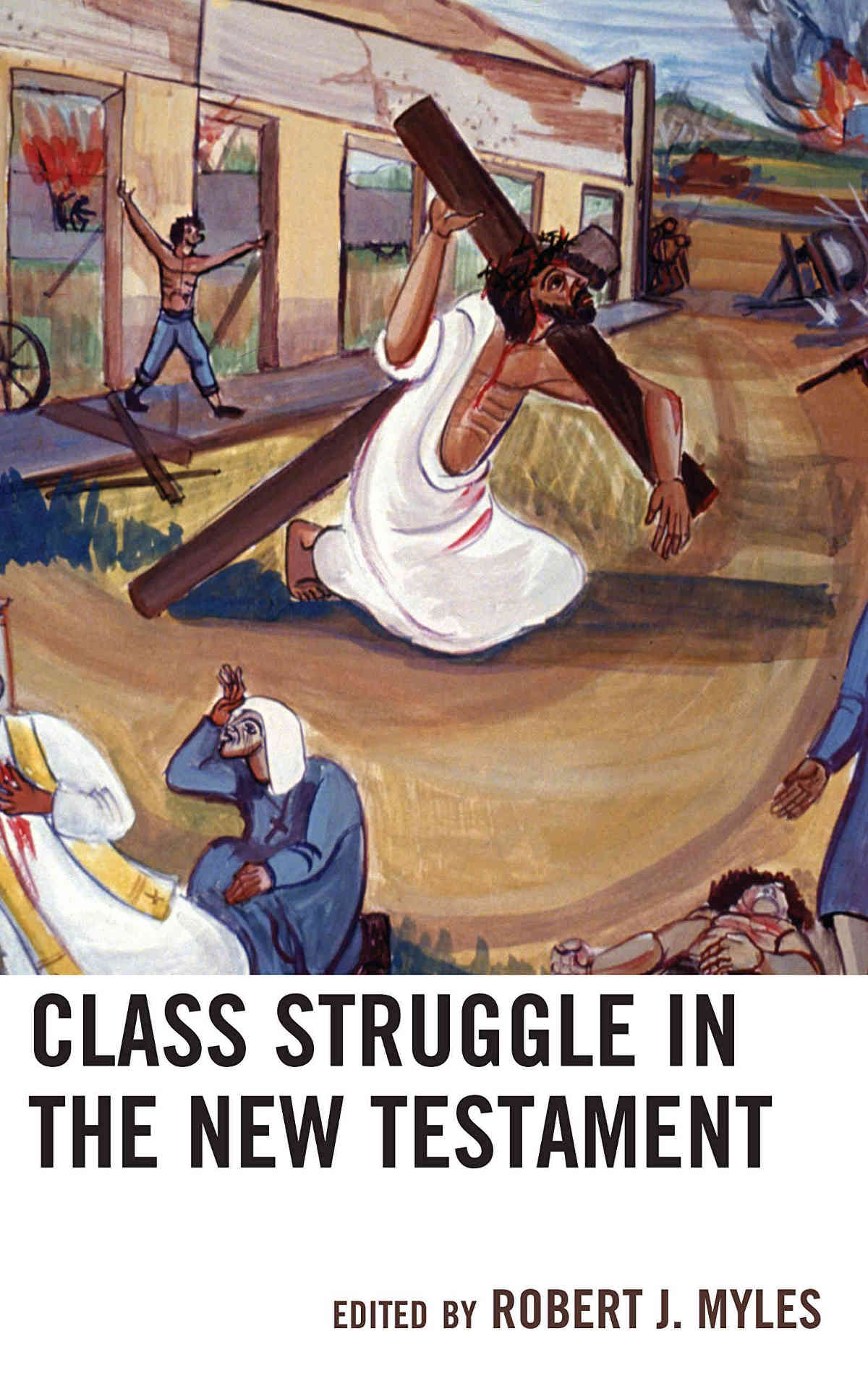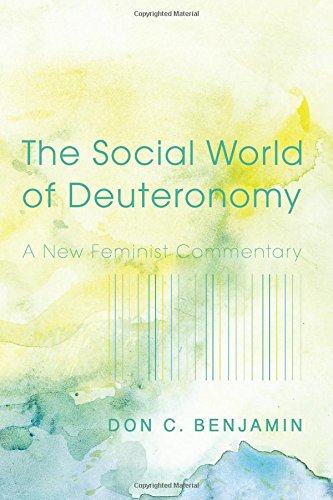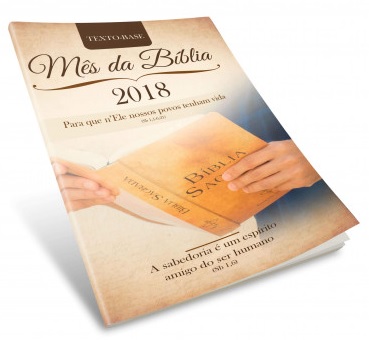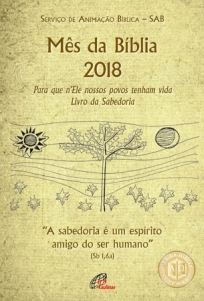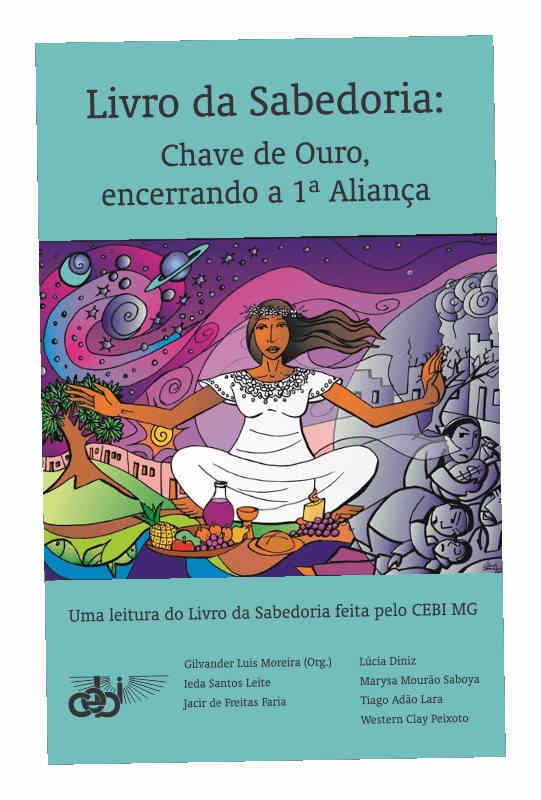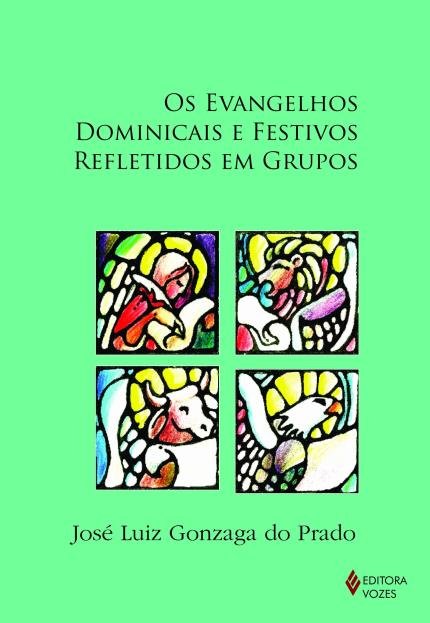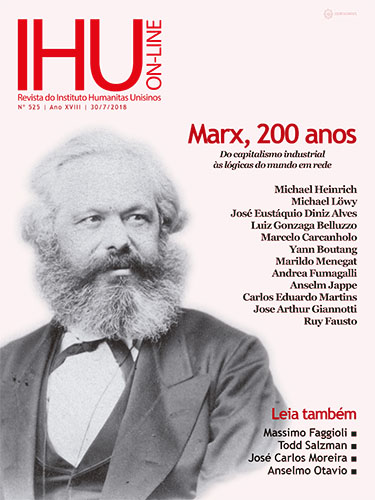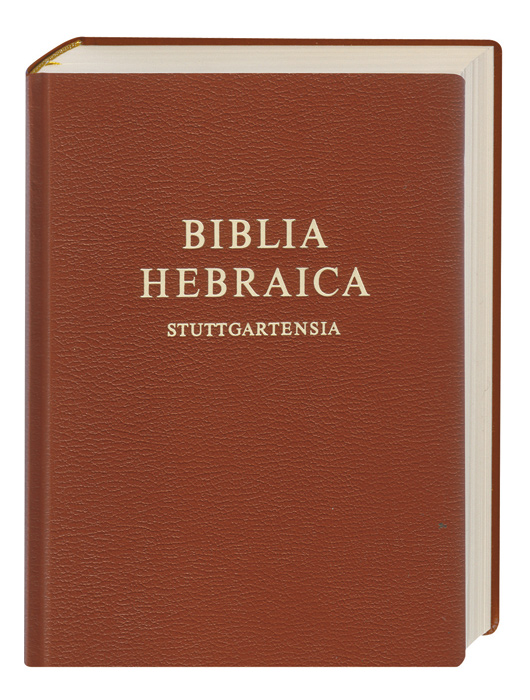MYLES, R. J. (ed.) Class Struggle in the New Testament. Lanham, MD: Lexington Books/Fortress Academic, 2019, 298 p. – ISBN 9781978702073.
A luta de classes no Novo Testamento aborda as realidades políticas e econômicas do primeiro século para desmascarar a mediação de classes por meio de vários textos e tradições do Novo Testamento.
Os ensaios abrangem uma gama de subcampos, apresentando a luta de classes como a força motriz da história, respondendo a debates recentes, dados históricos e novas evidências sobre o mundo político-econômico de Jesus, Paulo e os Evangelhos.
Os capítulos abordam as lutas coletivas nos evangelhos, os militares romanos e a questão de classe, a utilidade de categorias como camponeses, empregados e grupos intermediários para a compreensão do mundo de Jesus, a estrutura de classes por trás da origem dos arcanjos, os evangelhos como produtos da cultura de elite, a implicação da ideologia capitalista na interpretação bíblica e o uso de metáforas da escravidão em o Novo Testamento, características populistas e práticas de dar presentes.
O livro se tornará um ponto de referência definitivo para futuras discussões.
Sobre Robert J. Myles, leia mais aqui.
Class Struggle in the New Testament engages the political and economic realities of the first century to unmask the mediation of class through several New Testament texts and traditions. Essays span a range of subfields, presenting class struggle as the motor force of history by responding to recent debates, historical data, and new evidence on the political-economic world of Jesus, Paul, and the Gospels. Chapters address collective struggles in the Gospels, the Roman military and class, the usefulness of categories like peasant, retainer, and middling groups for understanding the world of Jesus, the class basis behind the origin of archangels, the Gospels as products of elite culture, the implication of capitalist ideology upon biblical interpretation, and the New Testament’s use of slavery metaphors, populist features, and gifting practices. The book will become a definitive reference point for future discussion.
Sumário
- Class Struggle in the New Testament! (Robert J. Myles)
- Jesus, the Temple, and the Crowd: A Way Less Traveled (Neil Elliott)
- Romans Go Home? The Military as a Site of Class Struggle in the Roman East and New Testament (Christopher B. Zeichmann)
- Peasant Plucking in Mark: Conceptual and Material Issues (Alan H. Cadwallader)
- IVDAEA DEVICTA: The Gospels as Imperial “Captive Literature” (Robyn Faith Walsh)
- Fishing for Entrepreneurs in the Sea of Galilee? Unmasking Neoliberal Ideology in Biblical Interpretation (Robert J. Myles)
- Hand of the Master: Of Slaveholders and the Slave-Relation (Roland Boer and Christina Petterson)
- Populist Features in the Gospel of Matthew (Bruce Worthington)
- Troubling the Retainer Class in Antiquity (Sarah E. Rollens)
- Rethinking Pauline Gift and Social Functions: Class Struggle in Early Christianity? (Taylor Weaver)
- The Origin of Archangels: Ideological Mystification of Nobility (Deane Galbraith)
- Christian Origins and the Specter of Class: Locating Class Struggle in the New Testament Today (James G. Crossley)
